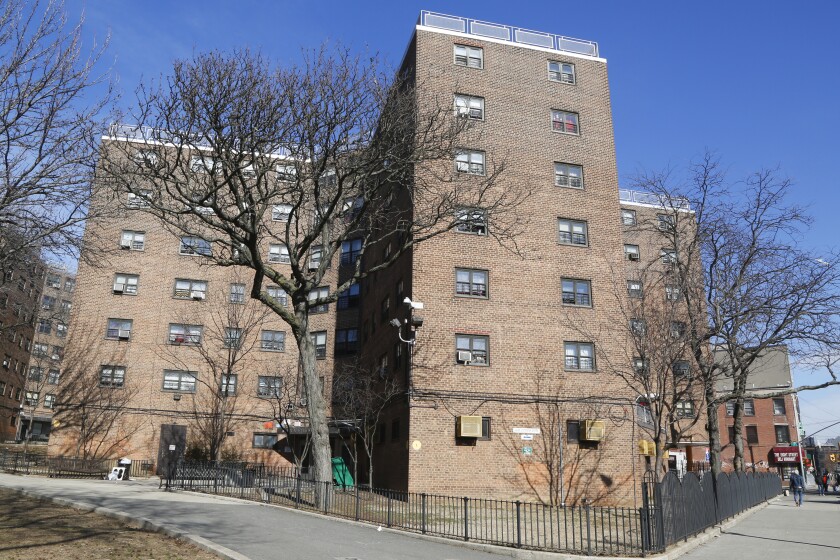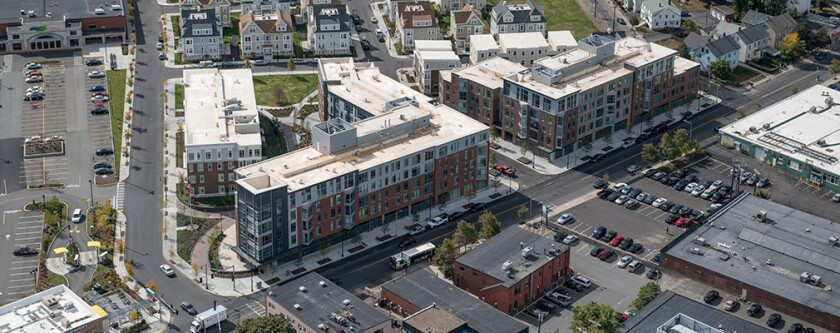There’s a widely shared perception that this is no longer the case. What has happened to block the process of upward mobility? Howard Husock, an urban scholar at the American Enterprise Institute, provides some interesting perspectives in his new book The Poor Side of Town: And Why We Need It.
Husock examines communities where mobility flourished. He looks at New York’s Lower East Side; blue-collar areas of Brookline, Mass.; Levittown on Long Island; and Detroit’s Black Bottom, among other places.
This was cheap housing, but that didn’t just mean cheaper rents. It meant the opportunity for ownership. A key characteristic of many of these neighborhoods was what Husock labels “owner presence.” Even in crowded neighborhoods, apartment buildings like the Boston triple-decker or Chicago two-flats allowed residents to buy the building and live in one unit, while renting out the other to earn income. A surprisingly high share of people who rented in these places lived in buildings where the owner was also living. The owners accumulated wealth in the form of equity in their real estate that was a key to their ability to move up economically.
One common factor in these places was a tolerance for housing that reformers judged substandard. Tenements on the Lower East Side, for example, often lacked baths. Levittown houses were tiny, identical boxes on concrete slabs. But the policy response to the legitimate problems of some of these neighborhoods was a cure often worse than the disease. Mass slum clearance and the construction of huge high-rise public housing projects are the most infamous examples.
The replacement of “slum” housing with public housing was not only a quality-of-life disaster, it also locked its residents into permanent rentership. Detroit’s Black Bottom neighborhood may have been segregated, but it gave Black residents the opportunity to own real estate and own and operate businesses. In public housing, Black residents could do neither, cutting off critical avenues of wealth creation.
The rise of zoning and ever-stricter building codes also played a role, especially in recent years, preventing the construction of traditional starter neighborhoods. Multifamily type homes are often banned, mixed use restricted, and new development in general costly because of onerous regulations. Ironically, some of what were once considered the poor and undesirable parts of town are now gentrified and expensive.
Changing zoning regulations to create more affordable neighborhoods in some of America’s most expensive cities would help establish platforms for upward mobility. But zoning liberalization alone is unlikely to be a panacea. Other factors played into making these old neighborhoods what they were. They were high in social capital, characterized by intact married families, and populated with people who possessed the skills needed for building maintenance. These exist today in some immigrant communities, but less so in society at large. Far fewer people are married, especially among the poorer classes. And fewer people today have the skills to do all their own home maintenance.
Howard Husock does a good job of showing us what the key factors were in creating neighborhoods that were engines of upward economic mobility in the past. Even though not every element can be or should be re-created, there are things that can be done. Addressing our currently restrictive zoning and housing policies is a good place to start, along with a preference for tactical improvements rather than top-down reshaping of entire neighborhoods.
Related Articles














